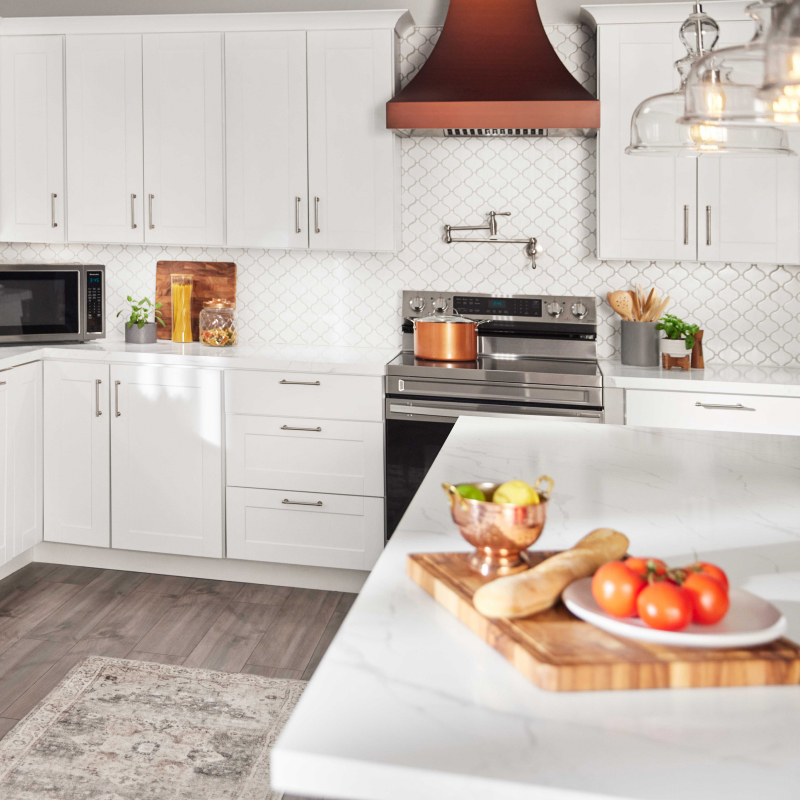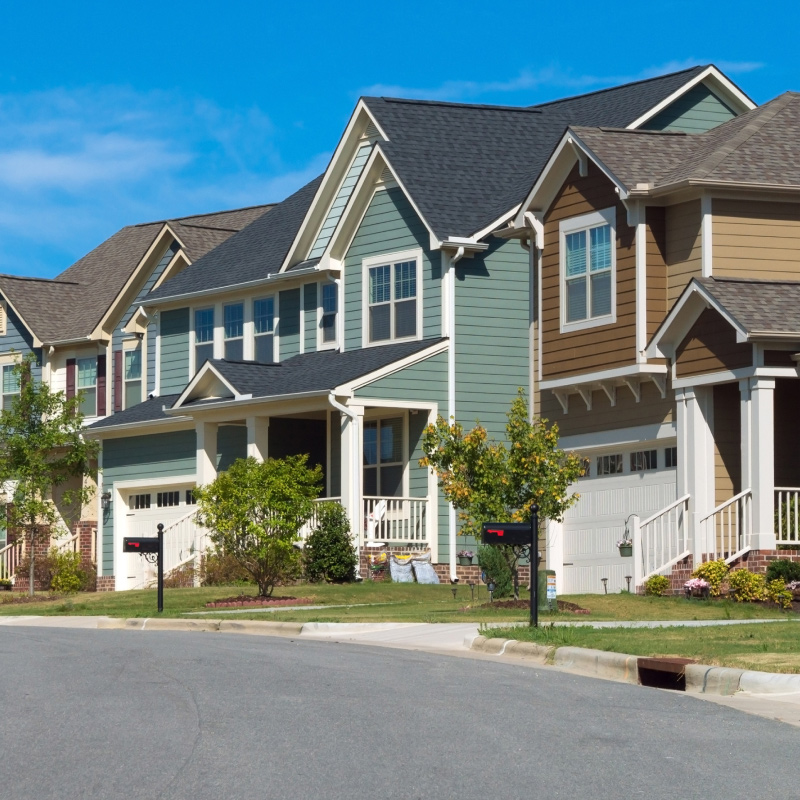How to Start Flipping Houses
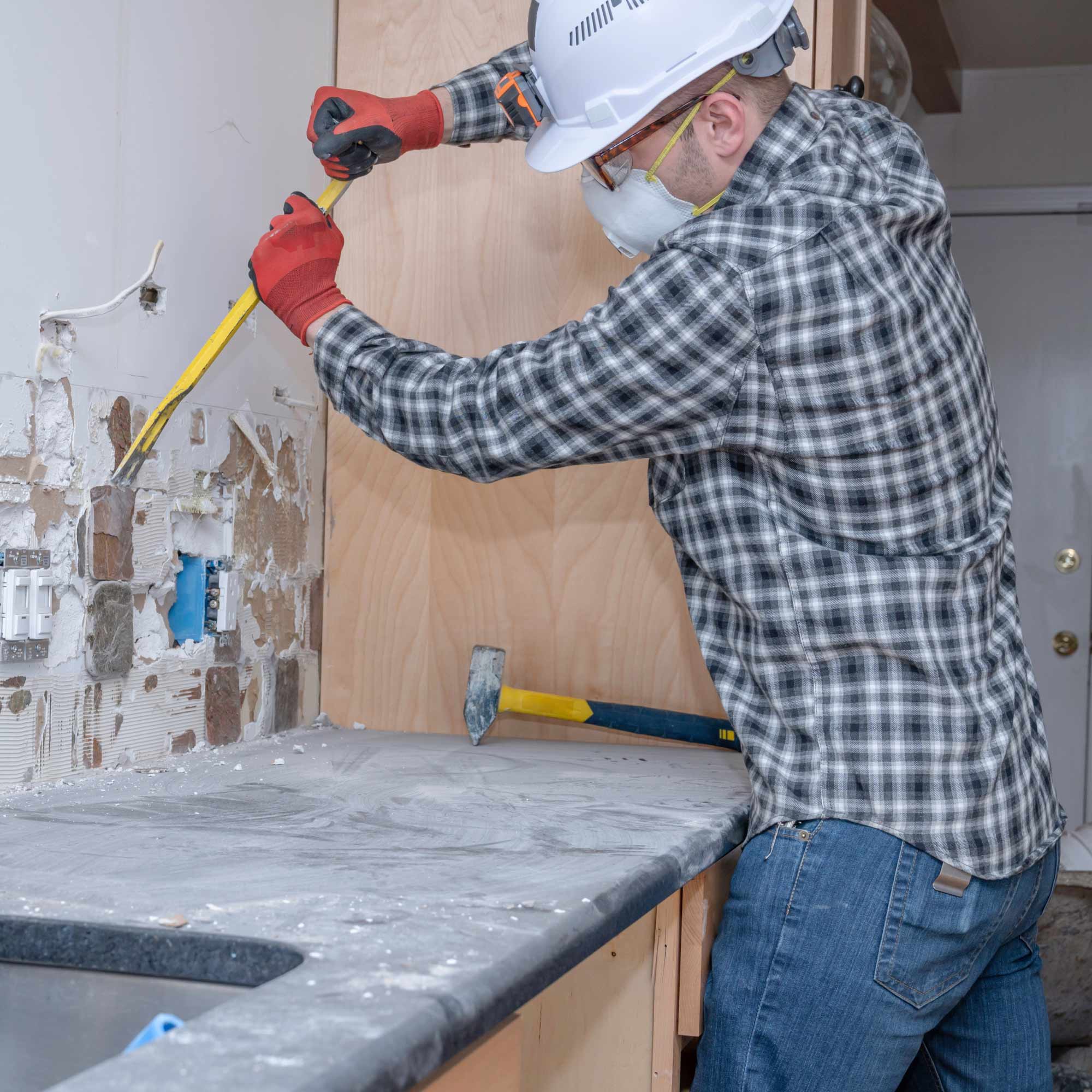
Last updated August 12, 2024
House flipping TV shows make property investment look easy. In reality, buying an undervalued property, fixing it up and selling it for profit involves many challenges along the way. This holds especially true for those learning how to start flipping houses.
This guide reviews how to flip houses for beginners, from making a house flipping plan to fix and flip tips.
Difficulty:
Advanced
Duration:
Over 1 day
Table of Contents
How to Make a House Flipping Plan
Do You Need a Real Estate License to Flip Houses?
How to Find the Right Houses to Flip
Fix and Flip Tips
How to Sell a Flip
More Tools. More Products. More Perks.
How to Make a House Flipping Plan

House flipping, traditionally, involves reselling a home within a year of purchase. In recent years, the housing market has seen the costs of homes and building materials hit record highs. Finding affordable homes to flip is more costly and competitive than ever.
Successful flips can see returns on investment of 20% or more. Whether house flipping is profitable depends on the flipper’s detailed plan and realistic expectations. If the combined purchase price, rehab expenses and fixed costs exceed the home’s market value, there’s no way to be profitable.
This section reviews the basics of how to make a house-flipping business plan. (For more in-depth information, see our guide How to Make a House Flipping Plan.)
Begin by analyzing the home market in a suitable area. Some neighborhoods or cities have lower supplies of suitable homes or conditions that make high returns less likely. Look for undervalued homes in neighborhoods that attract buyers with such features as good schools, high employment opportunities and low crime rates.
Make a budget for your potential flip. Determine how much you can afford and how much profit you need to make it worthwhile. This includes accurate estimates for home repair or rehabilitation expenses as well as the area selling price based on After-Repair Value, or ARV. ARV is the average selling price of homes in the area minus the rehab costs.
When budgeting, consider the 70% rule in real estate. According to the rule, property investors spend no more than 70% of the selling price of a home, minus rehab costs, when buying a property. That leaves 30% for profits and fixed costs such as taxes, insurance and commissions.
For example, suppose a home will have an ARV of $250,000 following $25,000 in repairs or rehab costs. According to the 70% rule, the investor should pay no more than $150,000 to purchase the home:
$250,000 x 0.7 = $175,000 (70% of $250,000)
$175,000 - $25,000 = $150,000 purchase price
The 70% rule does not fit all situations, according to J Scott, investor and contributor to real estate investment website BiggerPockets. "If you are an investor who wants more profit to reduce risk, or if you're going to accept less profit to increase your chances of getting the deal, the 70% rule won't allow you to do that," Scott says.
Scott suggests the following formula for determining the maximum purchase price. Begin with the ARV and then subtract the rehab costs, fixed costs and your desired profit. The remainder will be your purchase price.
Purchase price = ARV – (rehab costs + fixed costs + desired profit)
Most flippers, especially first-timers, do not have cash to buy, fix and flip a house. Part of planning is determining how to finance the flip. Study the various types of loans and financing to find the one that best fits your situation.
Make sure your business plan includes important contacts or trusted resources for the various stages of the flip. This may include a real estate agent, a lawyer, a certified public accountant, a lending institution, a home inspector and a contractor.
Create a timeline for property development. Determine your major rehab projects and estimate how long they’ll take, including home inspections.
Be conservative when planning the timeline and budget as things always cost more and take longer than expected. Add 20% to both estimates.
Pro Tip: An alternate approach to flipping is the BRRRR method, which stands for “Buy, Rehab, Rent, Refinance, Repeat.” Rather than the relatively quick turnaround time for house-flipping, the BRRRR method suggests the investor rent the property as soon as possible after rehab. This longer-term strategy gives the investor a chance to earn rental income and build equity in the house.
Do You Need a Real Estate License to Flip Houses?

A common “House Flipping 101” question is whether you need a real estate license to flip houses. A real estate license is not required for home flipping. But if you don’t have one, you will almost certainly need to work with a licensed realtor.
There are advantages to having your own a real estate license if you’re flipping a house.
- Direct access to the Multiple Listing Service (MLS), an online database of homes for sale in an area. This can be the best resource of information about the local housing market.
- Greater control of the process, such as being able to see houses when you want, rather than scheduling through a realtor.
- More access to the other party’s agents when buying or selling. You may learn things that agents would not otherwise communicate to clients. You also have more direct lines of communication with appraisers, inspectors and other relevant professionals.
- You can save money on realtor commissions, which are usually 3% of the home's sale price.
- You have the option of holding your own open houses.
- Networking opportunities with other realtors and real estate associations can increase.
How to Find the Right Houses to Flip

Lucky flippers can get started by finding a distressed or undervalued house through a personal contact like a friend, family member or neighbor. At a time of high competition, it is crucial to find the right houses to flip.
- Hire a real estate agent familiar with the market who can inform you when suitable properties are available.
- Network in the real estate community and join local real estate groups and other organizations for potential leads for undervalued homes and up-and-coming neighborhoods.
- Look for “Real Estate Owned” (REO) properties, or properties held by lenders or guarantors due to defaulted loans. These can be excellent choices for flipping, as they tend to be underpriced and behind on upkeep, so they’ll benefit from rehab. Auctions, foreclosures and trustee sales can be good sources for REO homes.
- Real estate wholesalers often have a supply of rehab houses under contract. These are usually less profitable for flippers.
- Network in your target neighborhoods. This can involve sending emails or mailing letters, periodically driving the streets for “For Sale” signs and seeking other leads. Sometimes you’ll find sellers directly.
Pro Tip: When negotiating with a seller, do not pay more than your maximum purchase price, even if it means losing a great property. Part of flipping houses is knowing when to walk away from a deal. (For more information, see our guide How to Find the Right Houses to Flip.)
Fix and Flip Tips
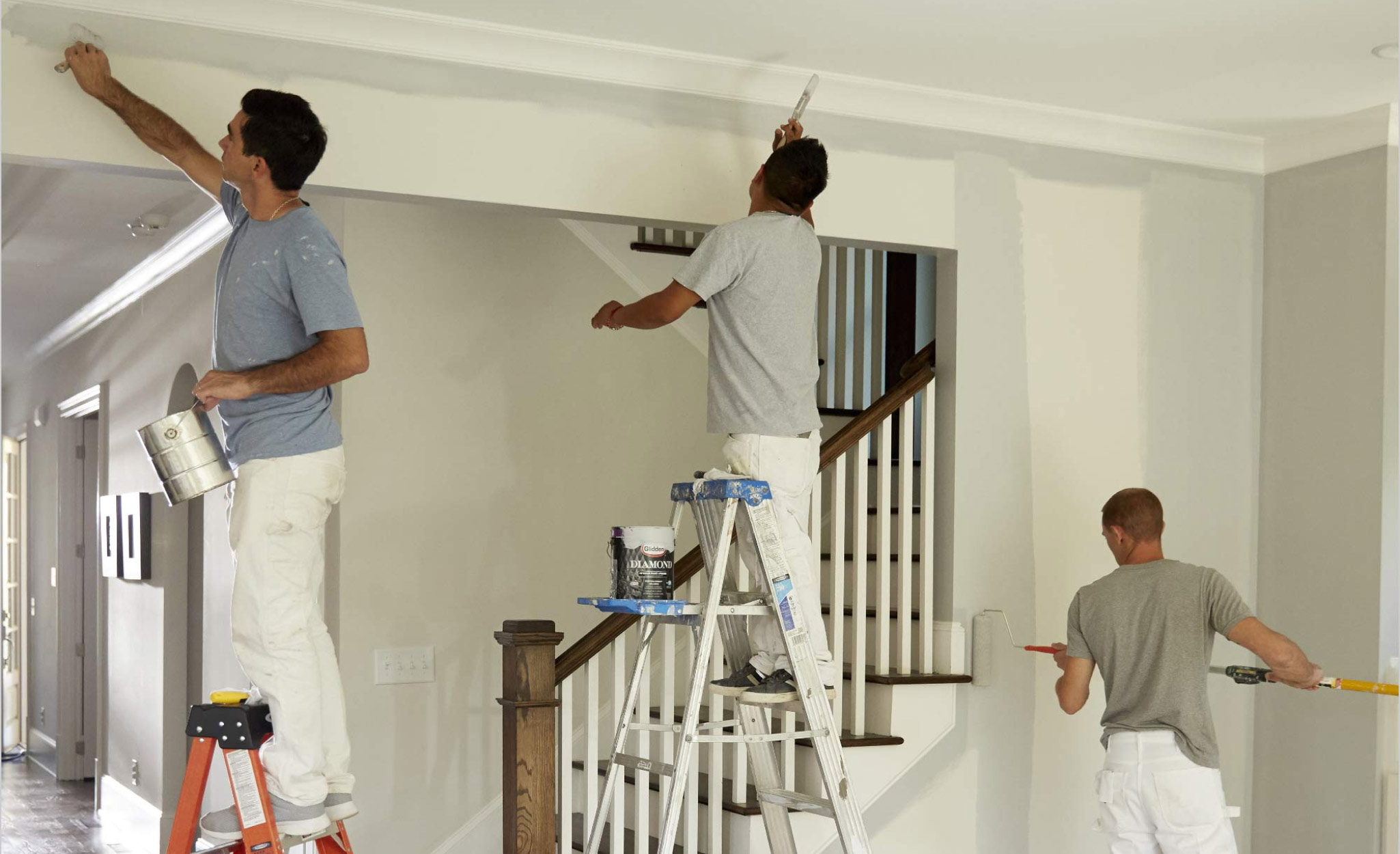
Once you’ve closed on your fixer-upper, the rehabilitation can begin. Do not “overimprove” the property by exceeding your budget or putting money in improvements that do not add value.
Before purchasing the house, negotiate for the seller to make necessary improvements if possible. These should be revealed by the inspection process.
Investors need to choose between DIY renovations and hiring professional contractors. If you’re experienced with some kinds of work and not others, you can split the tasks with a contractor. Just know that professionals will probably be able to do the same work more quickly and with better results than you, which can save money in the long run. Unless you’re highly experienced, you should leave structural improvements to professionals and reserve cosmetic ones like painting for yourself.
Knowing what to rehab is a major part of the fix and flip process. Choose renovations or remodeling jobs that will add the most resale value. These are some the tips for higher value improvements.
- Improve curb appeal, including the home exterior, the front lawn and possibly landscaping.
- “Kitchens and bathrooms sell houses” is a rule of thumb for a reason. Make updating kitchen and bathroom fixtures a priority.
- Use soft, neutral colors instead of personal design choices.
- Improve lighting to showcase the home’s best features.
Part of the rehab process is knowing which permits you need and getting them in timely manner. Major remodeling such as removing a load-bearing wall will often require permits. Minor renovations such as new sinks or flooring will probably not require permits. (See our guide Remodel vs. Renovation.)
Pro Tip: Hire The Home Depot’s Home Services for renovation and remodeling during your fix and flip process.
How to Sell a Flip
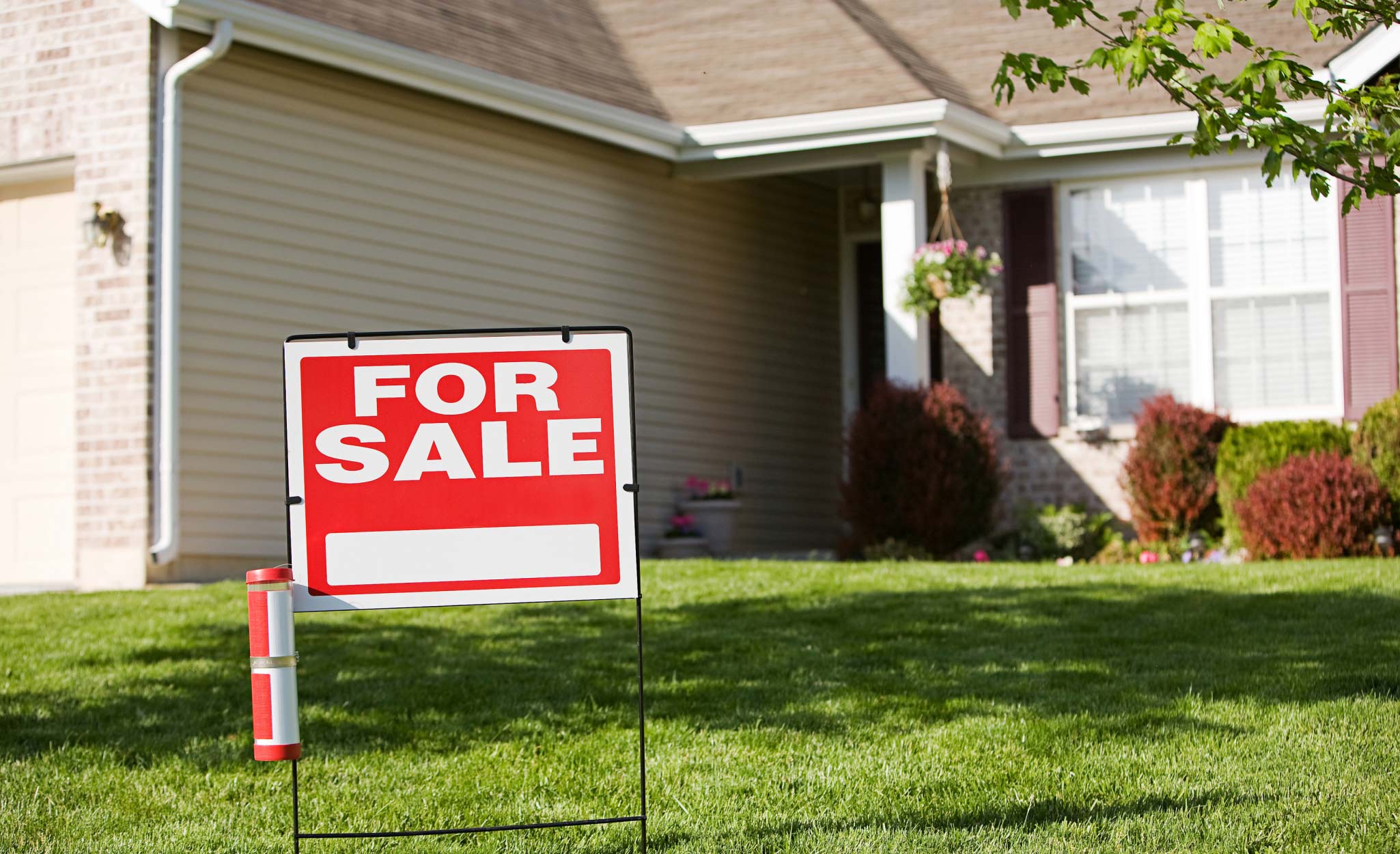
When renovations are complete, it’s time to sell the house. Here are some basic considerations for putting the house on the market and closing a sale.
Every property investor should have an “exit strategy” or a plan for selling the house. This includes pricing the property (which should match your estimated ARV when you purchased) and choosing whether to sell the home yourself or through a realtor.
Find buyers through marketing, advertising and listing the home. Homes in hot markets can attract buyers quickly.
Follow these basic tips for how to stage homes and apartments for prospective buyers. (For more in-depth information, see our guide How to Stage Homes and Apartments.)
- Stage the outdoors for curb appeal.
- Thoroughly clean the interior and exterior.
- Declutter and decorate to maximize the space.
- Use neutral colors.
- Always keep the property ready to be shown.
Once you’ve found a buyer and negotiated a deal, be prepared for the closing process. Closing costs can include real estate broker commissions, closing fees, title fees and taxes. Depending on the negotiation and state laws, closing costs can also include notary fees, attorney fees and repairs.
After the sale, keep a detailed log about the fix and flip process and lessons learned. Use this to improve the process if you plan to continue flipping houses.
More Tools. More Products. More Perks.
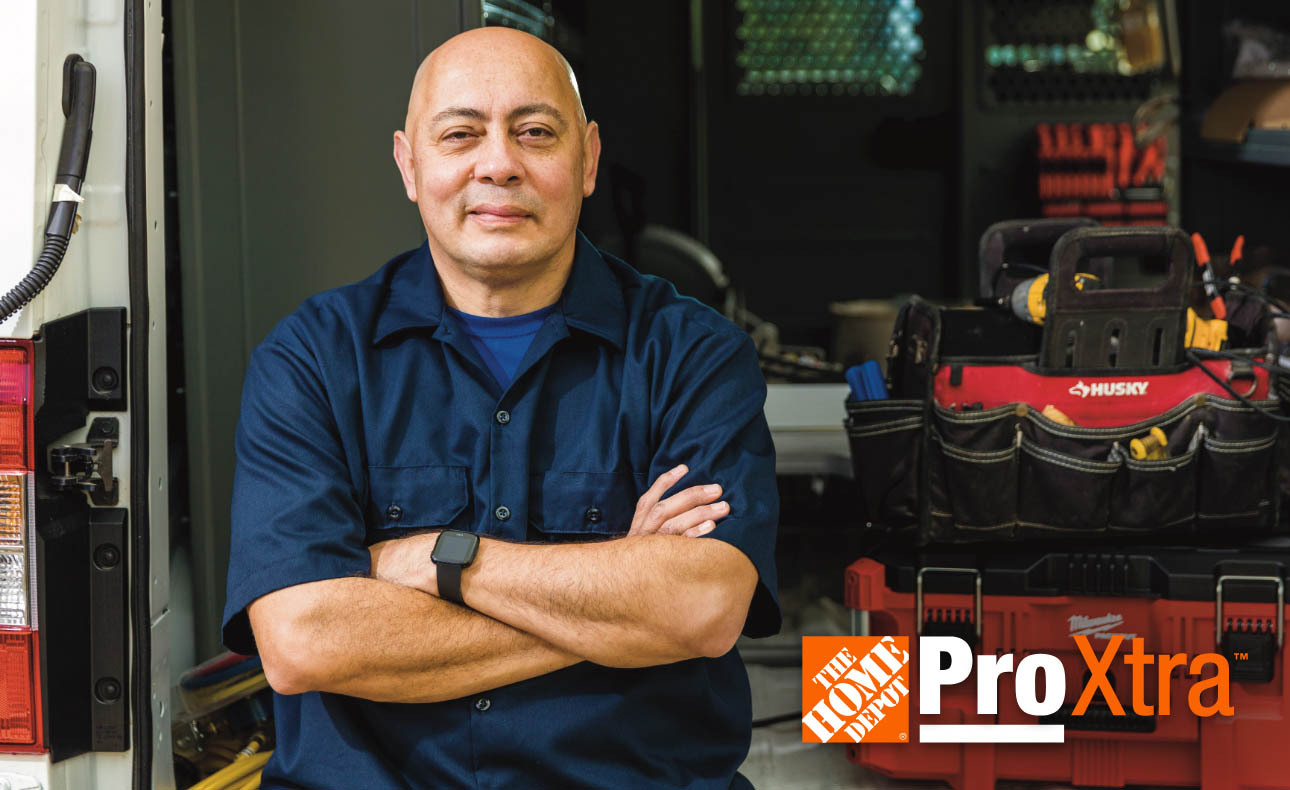
Be more competitive and boost your bottom line with Pro Xtra, The Home Depot’s free loyalty program built for Pros. Sign up today to access the enhanced Pro Online Experience, built with the online business tools and time-saving features Pros need.
When ordering maintenance and repair supplies for your property, use a free Pro Xtra membership to create a quote and lock in pricing.
